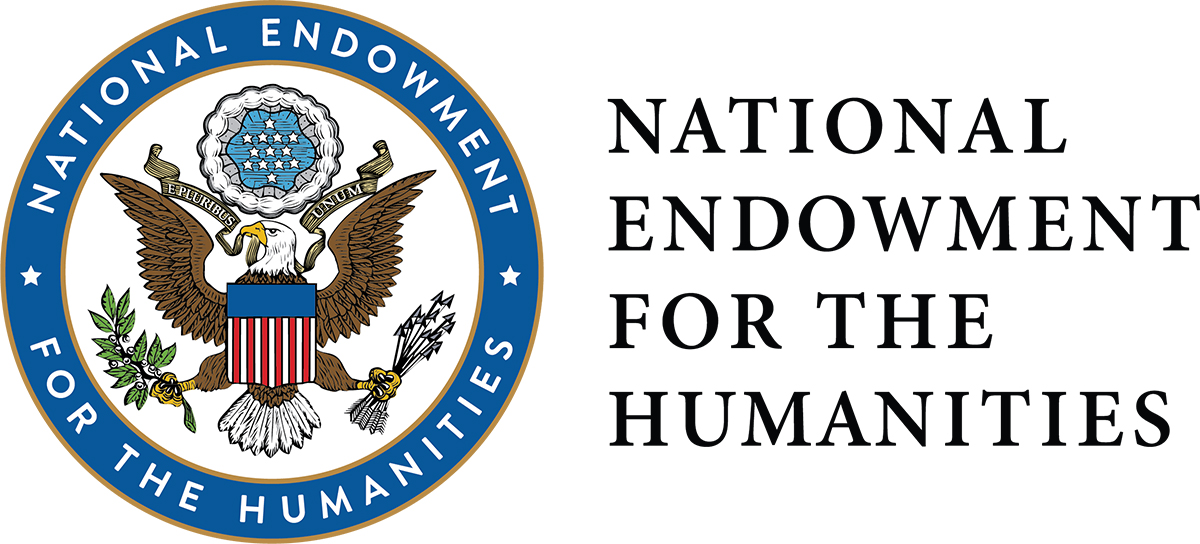FUNDING CUTS IMPACT CT HUMANITIES: Help CT Humanities navigate recent funding cuts and continue our vital work across Connecticut. All donations made to CTH will be matched dollar-for-dollar up to $50,000. Donate today!
Now Viewing:
Windham
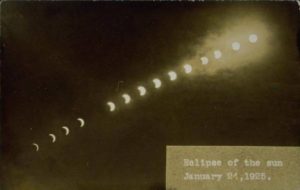
A Total Eclipse of the Sun – Today in History: January 24
On January 24, 1925, Connecticut residents witnessed a full solar eclipse.
Read
Ebenezer Tracy Made Some of the Finest 18th-Century Furniture
Ebenezer Tracy was a carpenter from Lisbon, Connecticut, who specialized in making fine, hand-crafted furniture.
Read
A Turn-of-the-Century New Year’s Eve
Hailed as the “Century Celebration,” the evening of December 31, 1900, saw revelry and reflection as individuals throughout the state welcomed the New Year.
Read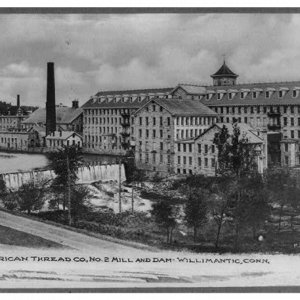
Willimantic’s American Thread Plant–A Multinational Corporate Takeover
American Thread’s arrival in Willimantic in 1899 demonstrates Connecticut’s role in the Progressive Era’s “rise of big business” and “incorporation of America.”
Read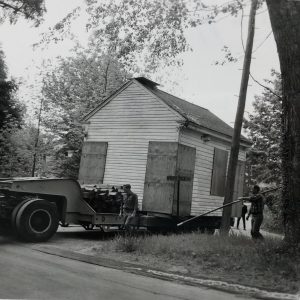
The Connecticut Houses that Ended Up in Massachusetts
Old Sturbridge Village moved numerous historical CT buildings, but evidence of their existence still lives on in historic maps, photographs, and memories.
Read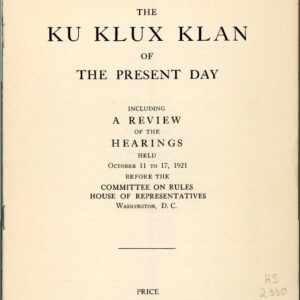
The Ku Klux Klan in Connecticut
The white supremacist organization, the KKK, first organized in Connecticut during the 1920s, promoting themselves as part of the nativist movement.
Read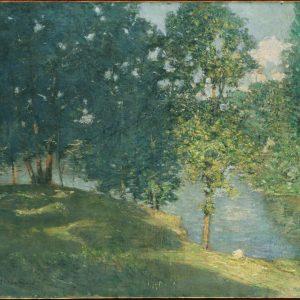
Julian Alden Weir: The “Heart” of American Impressionism
From Windham to Branchville, peaceful Connecticut locales provided Julian Alden Weir the inspiration to create hundreds of paintings and become one of America’s leading Impressionists.
Read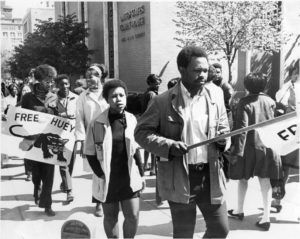
The Black Panther Party in Connecticut: Community Survival Programs
The Black Panthers had a significant presence in Connecticut in the 1960s and ’70s, particularly through community programs aimed to serve minorities living in the state’s more urban areas.
Read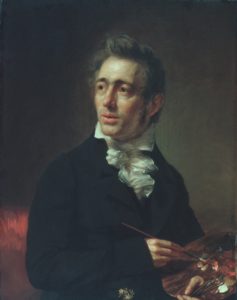
Samuel Waldo Born – Today in History: April 6
Samuel Lovett Waldo was an early 19th-century portrait artist who worked among such famous colleagues as John Trumbull, Benjamin West, and John Singleton Copley.
Read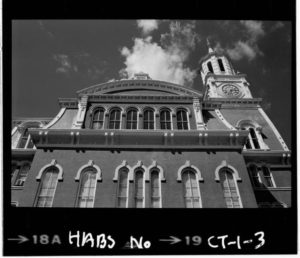
Site Lines: Monuments to Connecticut’s Lost County Government
County government operated in Connecticut in one form or another for nearly 300 years before the state abolished it in 1960.
Read
Bridge Ornaments Help Tell the Legend of the Windham Frog Fight
One June night in 1754, Windham residents awoke to a dreadful sound, the source of which has inspired tall tales ever since.
Read
First American Medicine Patent – Today in History: April 30
On April 30, 1796, Samuel Lee Jr. of Windham, Connecticut, received a Letters Patent for his composition of bilious pills.
Read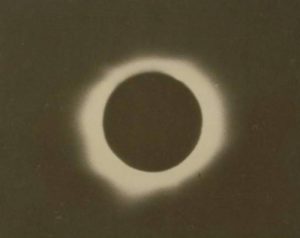
The Astronomical Event of the Century
Church bells chimed and factory whistles blew and automobiles, trains, and trolleys throughout the state came to a standstill.
Read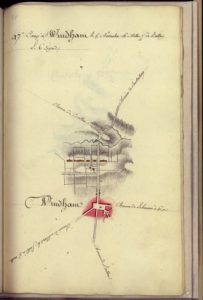
Map – Rochambeau’s Camp at Windham
The manuscript outlines the plans of the camps for Comte de Rochambeau’s army during their return march north from Williamsburg, Virginia, to Boston.
ReadMore Articles


